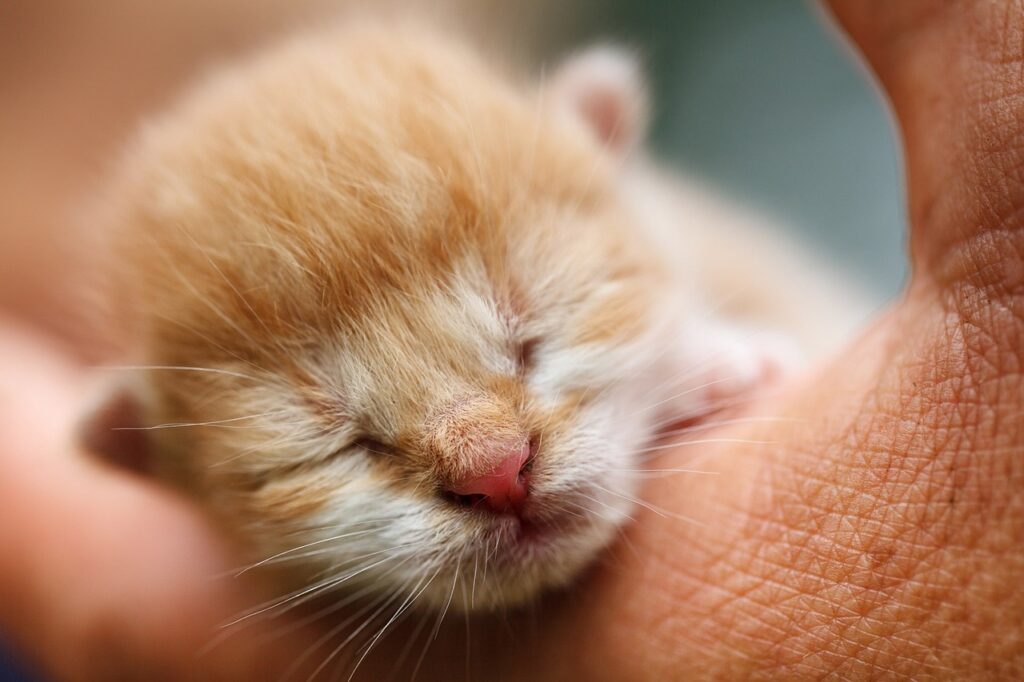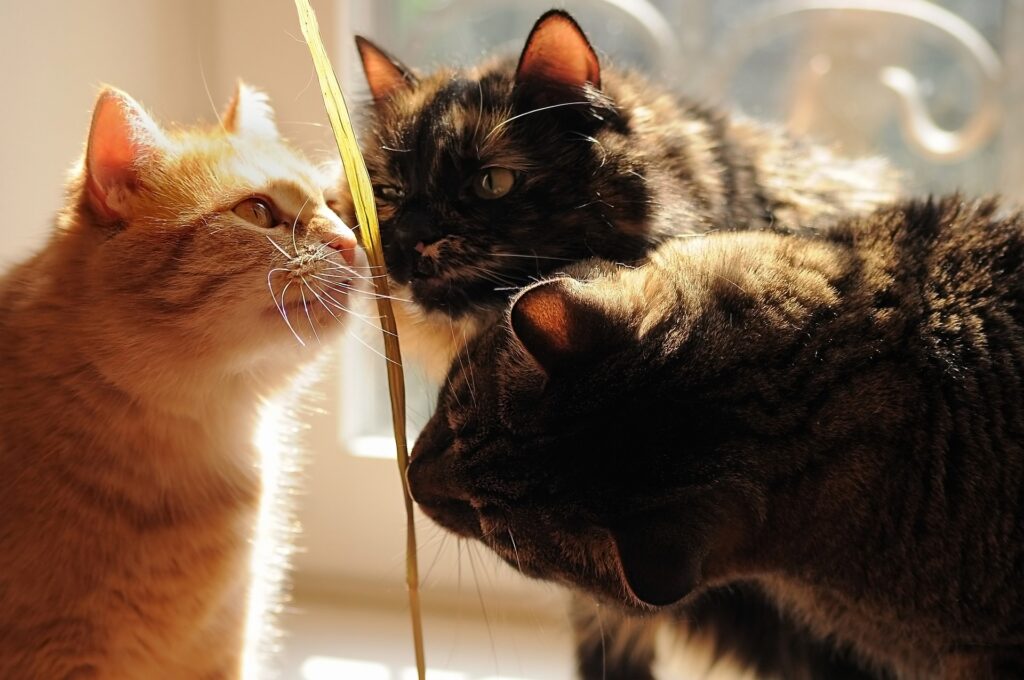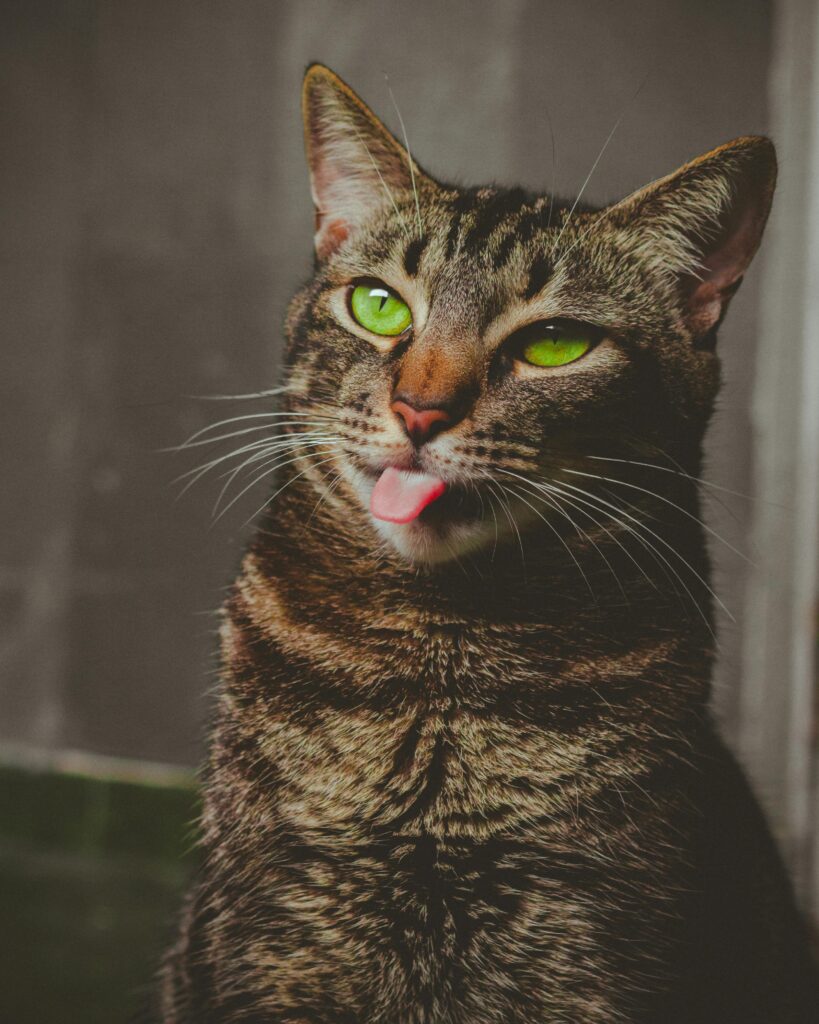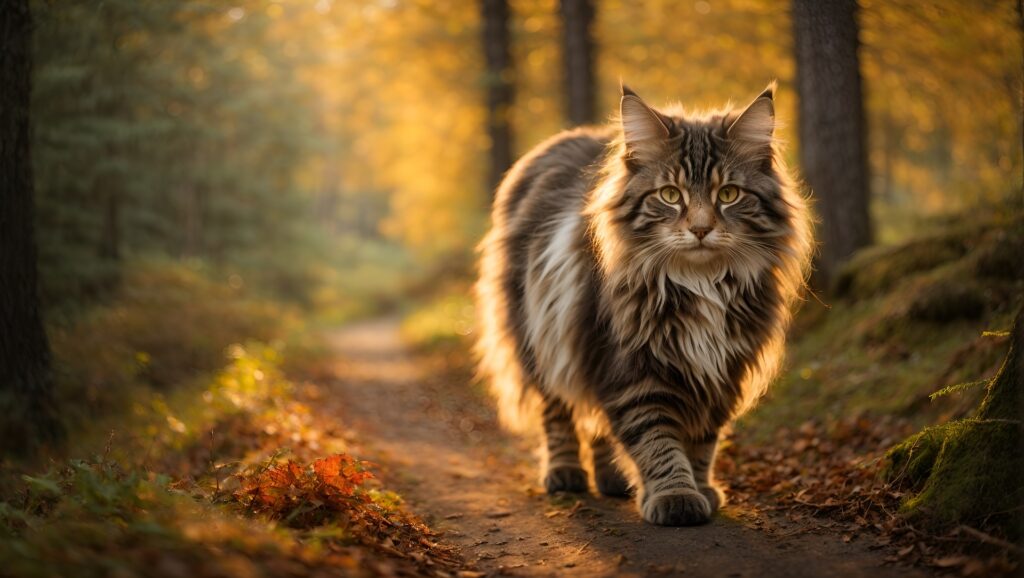Have you ever wondered just how far a cat can smell? Cats, from the moment they are born, boast an impressive sense of smell that plays a crucial role in their development and daily lives. Let’s find out the fascinating world of feline olfaction.
The Early Days: Navigating the Scent Trail

Within the first two days of life, kittens display a remarkable aversion to unpleasant odors. This early development is not just a quirky trait; it guides them to their mother’s mammary gland for nursing. By the third day, each kitten establishes a preferred nipple position, relying on odor to navigate and identify paths.
Comfort in Familiarity: Smelling Home
Why does my cat smell my feet? Distress caused by separating a young kitten from its home area can be eased by providing familiar smells, even without physical contact. Kittens can crawl towards their home area, guided by smell, and find comfort. As they grow, olfactory cues from the home area become essential for orientation when exploring the outside world.
Social Sniffing: Identification through Scent
Why does my cat smell my eye? In adulthood, scent plays a significant role in identification during social interactions. Face-to-face and face-to-anus approaches are typical behaviors, with the anal sacs containing unique oils for individual recognition. Another question could be ”why does my cat sniff my private area?” Scents also aid cats in exploring new environments, and certain odors elicit immediate responses, while others, like a cat’s own urine, have delayed effects.
The Olfactory Symphony: Cats and Their Unique Smell Responses
Why does my cat smell me? The cat’s olfactory system is well-developed, with a larger nasal olfactory area compared to humans. The vomeronasal olfactory system, connected to the amygdala area of the brain, responds to nonvolitive cues, including pheromones. Flehmen behavior, associated with this system, involves inhaling odors into nasopalatine canals, starting as early as six weeks of age.
Curiosity Aromas: Exploring the World Through Smell

Why does my cat smell everything? Additionally, cats exhibit specific behaviors in response to plant-induced odors. Catnip, for instance, triggers a range of reactions, from sniffing and licking to rolling and animated leaping. However, individual responses vary, with some cats showing no reaction at all. It’s worth noting that the response to catnip is influenced by genetic factors, age, and experiences.
Closing in with a Whiff: Cat Smelling with Mouth Open
Cat smelling with mouth open – a peculiar behavior that adds another layer to our understanding of feline olfaction. This intriguing action, often associated with the Flehmen response, involves inhaling scents into special canals in the roof of the mouth, allowing for a more in-depth analysis of the detected odors.
Cat smelling broccoli – a scenario that might leave you curious. Cats, with their sensitive noses, might find certain scents intriguing or off-putting. While not all cats show interest in human foods, some might be drawn to the distinct aroma of broccoli, showcasing their individual preferences.
In summary, you may wonder why does my cat sniff everything, why does my cat sniff my face, mouth, eye, nose, hair or me? A cat’s sense of smell is a vital aspect of its life, influencing behaviors related to communication, exploration, and social interactions. By exploring the mysteries of feline olfaction, we gain a deeper appreciation for the unique ways cats experience and navigate their world. Understanding and acknowledging the importance of their sense of smell can contribute to better cat care and handling, fostering a stronger bond between feline companions and their human counterparts.



